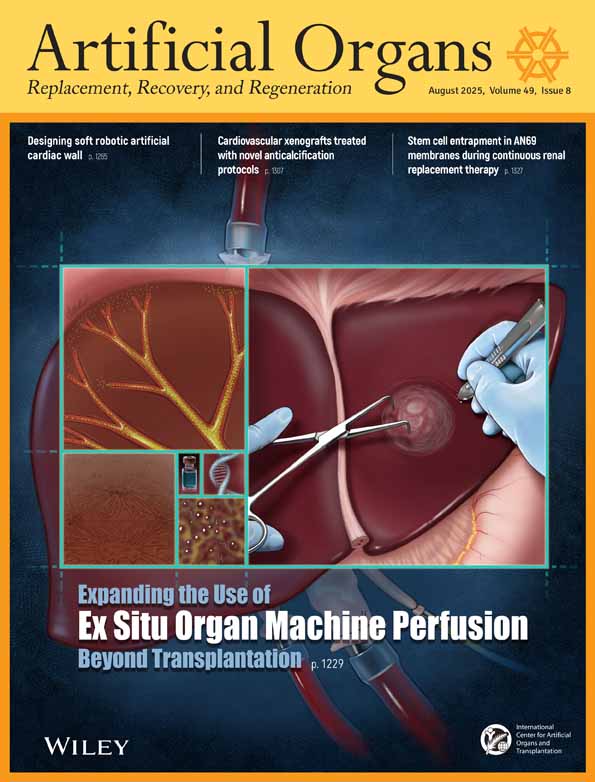Zinc Transport During Hemodialysis
Abstract
Abstract: Zinc transfer during hemodialysis and plasma zinc concentrations in hemodialysis patients were examined. Fifteen volunteer outpatients undergoing hemodialysis showed significant increases in plasma zinc from 74.0 ± 7.8 to 88.1 ± 9.7 μg/dl after a 5-h dialysis. The increase was mainly the result of hemoconcentration as evidenced by a significant increase in the hematocrit and total serum protein during dialysis, but was also due to diffusion. To study the changes resulting from diffusion, zinc was measured in the arterial blood and in the dialysate at the inflow and outflow sites of the dialyzer. There was a significant (p < 0.01) increase in the plasma zinc of the arterial blood from 74.7 ± 8.1 to 80.2 ± 6.5 μg/dl, but a nonsignificant decrease in the dialysate zinc from 10.6 ± 2.5 to 9.5 ± 5.9 μg/dl. Zinc diffused across the dialyzer from the dialysate to the blood in 12 cases and into the dialysate in three others.




